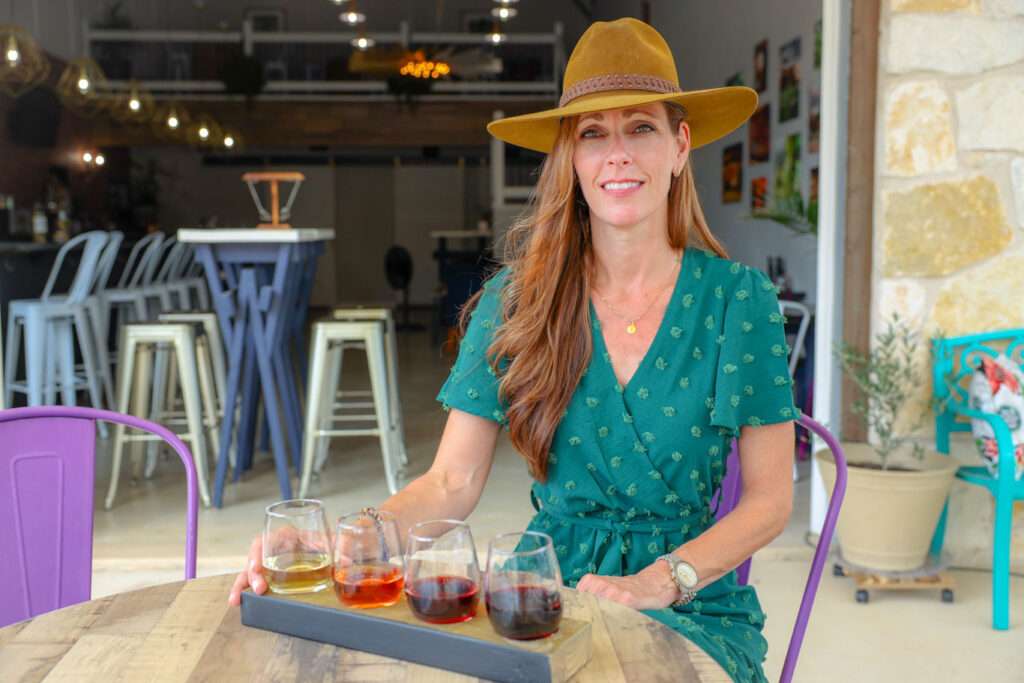Tasting new wines not only helps to establish your personal preferences; it also enlivens your senses (often in beautiful surroundings). Not only that, but it could give you a few ideas about which wines you might like to use alongside your favorite dishes.
Alternatives to booking a tasting session include specialized events such as wine tours, which take you through multiple vineyards while learning about the culture, history and winemaking process in each one. Throughout the visit you’ll also have the opportunity to sample the wines on-site for a truly immersive and enjoyable experience.
A huge variety of beautiful vineyards exist around the world (including the wonderful Cakebread Cellars in Napa Valley), but if you’re new to wine tasting and not sure where to start, try your hometown: searching for local vineyards is a great way to try wine tasting before you decide to venture further afield.

What to Wear
Most people might not give a second thought about what to wear to a wine tasting, but if you are likely to be walking through vineyards, it’s a good idea to wear something comfortable. Another important tip is to avoid wearing fragrances, as they could compromise your tasting experience.
Developing a Palate
As with most things, it’s all about practice: at your initial wine tasting, bring a pad and paper with you so that you can write down tasting notes about all the wines you try for future reference. If you’re unsure how to do this, or what you’re “looking for” – just follow the “5 S’s” of wine tasting:
See
Hold your glass up against a white background so that you can see the edge where the wine meets the glass (this is called the “rim”). This is a little like looking at the rings of a tree trunk, since the opacity and color of the rim will tell you a lot about the age of wine. In general, both white and red wines darken as they age, and may even turn a slight brickish color.
Swirl
This is a commonly-known practice in wine tasting used to aerate the glass and break up the esters in the wine: compounds made during the winemaking process. When the glass is swirled, the esters break and the aromas are released into the glass.
Sniff
Put your nose into the glass, take a deep inhale and see what you can smell. This part of the tasting can take practice, as in some cases the differences between wines may be very subtle, but may start to notice new aromas as your palette develops over time.
Sip
When sipping the wine, allow it to roll over the tongue to engage all your tastebuds, and allow a little air into your mouth to release more of the flavors. Make sure to sip twice (the second tasting may reveal more flavors and aromas), and don’t be afraid to spit: this is actually common practice in wine tasting, as it enables you to cleanse your palate without overconsumption.
Savor
Finally, savor the wine: see how long certain flavors linger for on the palette, and how intense they appear to be. If you find yourself especially drawn to a particular wine, you can also ask to purchase your very own bottle to savor at home.

